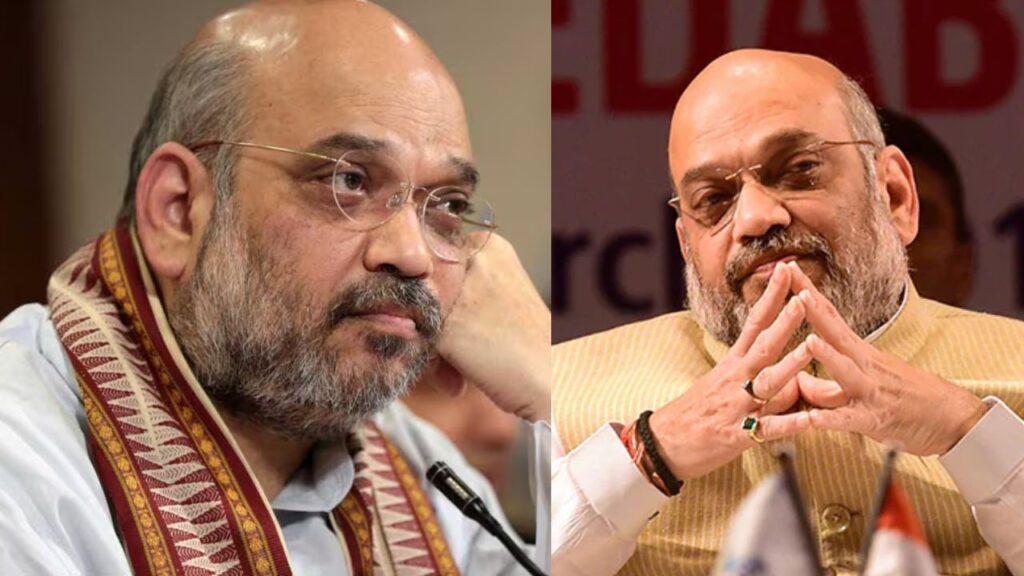The upcoming Lok Sabha elections in India are a crucial moment for the country’s political landscape. The ruling Bharatiya Janata Party (BJP) is aiming to secure a majority of 272 seats in the 543-member House of the People, but what if they fall short of this target? In an interview with ANI, Union Home Minister Amit Shah expressed confidence in the party’s ability to surpass the halfway mark, dismissing the need for a backup plan.


However, he did acknowledge that a Plan B might be necessary if the probability of Plan A’s success falls below 60%. In this article, we will delve into the details of Amit Shah’s Plan A and Plan B, exploring the implications of a BJP victory and the potential consequences of a shortfall.
Plan A: The Primary Strategy
Amit Shah’s primary strategy for the Lok Sabha elections is centered around the leadership of Prime Minister Narendra Modi. Shah emphasized that the party’s army of 60 crore citizens stands steadfastly behind PM Modi, transcending caste and age. Those who have reaped the benefits of his rule are well aware of who Narendra Modi is and why he deserves 400 seats. This sentiment is reflected in the party’s campaign, which focuses on the achievements of the Modi government and the vision for India’s future.
The BJP’s primary strategy is built around the idea of a decisive victory, with Shah stating that he is convinced that PM Modi will secure a thumping majority in the upcoming elections. This confidence is rooted in the party’s strong organizational structure, its ability to mobilize support across various demographics, and the popularity of PM Modi among the Indian electorate.
Plan B: The Backup Strategy
While Amit Shah is confident in the success of Plan A, he did acknowledge that a Plan B might be necessary if the probability of Plan A’s success falls below 60%. This backup strategy would involve a more nuanced approach to coalition-building and alliance formation. The BJP has already formed alliances with various regional parties, including the Janata Dal (United) and the Shiv Sena, to name a few. These alliances would provide a safety net in case the party falls short of the majority mark.
Amit Shah also emphasized the importance of securing more than 400 seats in the Lok Sabha, stating that the BJP’s objectives include protecting India’s borders, making India the third-largest economy, and ensuring the welfare of the underprivileged. These objectives are central to the party’s vision for India’s future and would be a key part of any Plan B.
The Congress Party’s Response
The Congress party has been critical of the BJP’s plans, alleging that the party aims to amend the Constitution with a mandate exceeding 400 seats. The BJP, on the other hand, accuses the Congress of intending to usurp reservation benefits from SCs, STs, and OBCs and bestow them upon the Muslim community. These allegations have been a major point of contention in the campaign, with both parties accusing each other of divisive politics.
In conclusion, Amit Shah’s Plan A and Plan B for the Lok Sabha elections are centered around the leadership of Prime Minister Narendra Modi and the party’s ability to mobilize support across various demographics. While the party is confident in its ability to secure a majority, it has also acknowledged the need for a backup strategy in case of a shortfall.
The implications of a BJP victory or shortfall would be significant for the country’s political landscape, with the party’s vision for India’s future at the forefront of the campaign.







